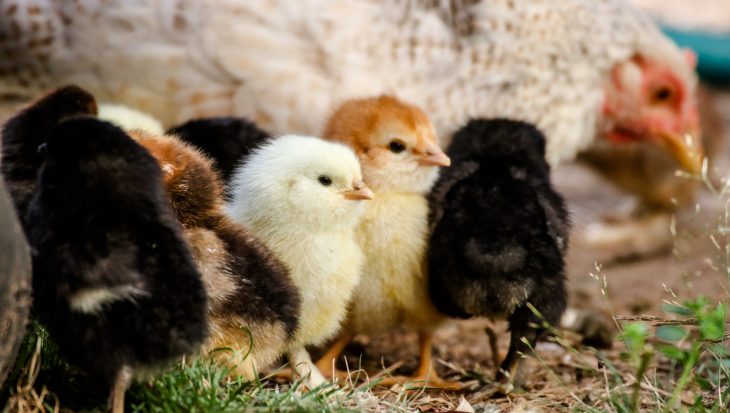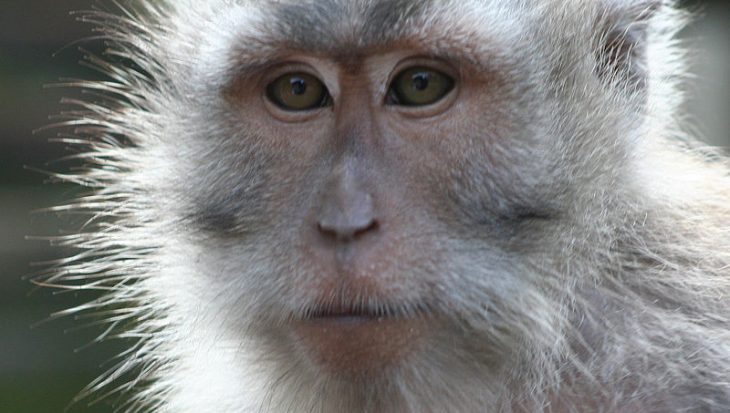The controversy over the devices, which are used for game bird ‘breeding stock’, began after Animal Aid’s undercover footage was shown on national TV in November 2004. The country’s leading shooting lobby group, the British Association for Shooting and Conservation, quickly realised that the cages were indefensible and issued a public statement calling for them to be banned. Its move caused a deep schism within the shooting industry that has persisted to this day.
The Department of Environment, Food and Rural Affairs (Defra), after a long process of deliberation and consultation, has today pronounced upon the matter through its ‘Code of Practice for the Welfare of Gamebirds reared for Sporting Purposes’.
Among its provisions are that ‘all laying systems for pheasants should provide a minimum space of 1 square metre per bird’. Caged breeding pheasants currently typically have a ninth of this space. The new requirement effectively makes the cages economically and logistically impractical.
Made of wire mesh and holding around eight female pheasants and one male, the cages expose the birds to the elements all year round. Partridges are confined in breeding pairs in metal boxes that are correspondingly smaller and just as bleak as the pheasant units.
Sadly, the new Code maintains the status quo with regard to the partridge cages. It sets a space allowance per bird that current systems fall within.
Says Animal Aid Director Andrew Tyler:
Animal Aid has campaigned for more than a decade for a ban on the production of birds for so-called sport shooting. Holland has just such a prohibition. However, an important interim gain would be to see the back of the appalling battery cages that confine breeding birds, open to the elements all year round, inside cramped, steel and mesh boxes. We first exposed these vile contraptions in 2004. Our campaign has not let up ever since. The government prevaricated but now it has taken this important and heartening decision. It has done so in the face of a chorus of self-interested squeals of complaint from shooting industry bodies, which regard the millions of birds they produce and release every year as nothing more than feathered targets. We’re deeply disappointed that the government has not acted against partridge cages. Our campaign to end their use will continue.
More information: For more information and interviews, contact Andrew Tyler or Kit Davidson on 01732 364546.
Notes for Editors:
- Annually in Britain, more than 47 million pheasants and partridges are purpose-bred to be used as feathered targets. According to the industry itself, a mere 8 million are sold to game dealers. Even pro-shooting articles have made reference to birds being buried in specially-dug pits because there is so little demand for their meat.
- Hundreds of thousands of pheasants and partridges are confined for the whole of their productive lives (around two years) in the kind of battery cages used for egg-laying hens.
- Animal Aid’s undercover evidence demonstrates that the caged birds suffer a high incidence of emaciation, feather-loss and back and head wounds. Many of the pheasants lunge repeatedly at their cage roofs in a forlorn attempt to escape. The resulting damage to their heads is known as ‘scalping’. In an effort to eliminate the aggression between the birds caused by the crowded conditions in the breeding cages, rearing sheds and release pens, the birds are fitted with various devices. These restrict their vision and prevent them from pecking at other birds. Even so, many birds still suffer injuries and are fitted with protective dressings.

